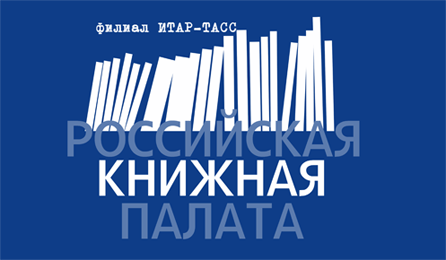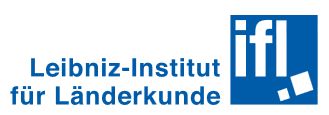Rural areas of Bashkiria: Prevailing types and features of transformation in the post-Soviet period
Feb 08 2023Alekseev A. I., Imangulov L. R. Rural areas of Bashkiria: Prevailing types and features of transformation in the post-Soviet period // The Russian Peasant Studies. 2022. V.7. №4. P. 109-132.
DOI: 10.22394/2500-1809-2022-7-4-109-132
Annotation
The article outlines the features of the development of rural areas in the Republic of Bashkortostan in the post-Soviet period, such as the high share of the rural population, developed agricultural sector, institutional support of the village, etc. Based on the statistical data and the results of the field research, the authors identify the dominant types of rural areas in the Republic of Bashkortostan by municipal districts with the predominantly rural population. The key features of the typology are as follows: natural conditions, district’s position in the system ‘center-periphery’, characteristics of population, level of the development of agriculture and public utilities. The results of the cluster analysis and data systematization allowed to identify the following social-economic types of rural areas in the region: suburban rural area, agrarian Bashkiria, and traditional Bashkir rural area. For each type and subtype of rural areas the authors conducted a detailed social-economic analysis and described the trajectories of the rural transformation in the post-Soviet period. Today, the role of the agricultural sector in the life of the rural population is decreasing. In the final section, the authors assess the role of agricultural production in the life of the rural population by types of rural areas. Thus, in agrarian Bashkiria, work on the land still remains the main labor practice (employment in agricultural organizations, personal subsidiary farms), but the life of the significant part of population is poorly connected with the agrarian sector.
Keywords
Rural area, rural settlement, agriculture, factors of rural transformation, typology of rural areas, Bashkortostan.
About the authors
Alekseev Alexander I., DSc (Geography), Professor, Department of Economic and Social Geography of Russia, Faculty of Geography, Lomonosov Moscow State University. 119991, Moscow, Leninskie Gory, 1.
E-mail: This email address is being protected from spambots. You need JavaScript enabled to view it.
Imangulov Linar R., Master’s student, Department of Economic and Social Geography of Russia, Lomonosov Moscow State University. 119991, Moscow, Leninskie Gory, 1.
E-mail: This email address is being protected from spambots. You need JavaScript enabled to view it.
Imangulov L. R. Typology of settlements in a polyethnic region (on the example of Chuvashia) // The Russian Peasant Studies. 2021. V.6. №4. P. 107-124.
DOI: 10.22394/2500-1809-2021-6-4-107-124
Annotation
On the example of Chuvashia (Batyrevsky district), the author considers the stages and factors of the transformation of rural settlements in general and of particular rural settlements in the pre-revolutionary, Soviet and post-Soviet periods. The author identifies a relationship of various transformation factors at different stages of the rural settlement development. In the pre-revolutionary period, this development was determined by the ecology of the territory and demographic resources, in the Soviet period—by the administrative-territorial transformations and “external shocks” (wars, famine, etc.), in the post-Soviet period—by the scale of the population outflow to large cities, institutional conditions and ethnic structure. The survey in rural areas of Chuvashia revealed the differentiation of villages on the basis of their ethnic structure and other features. Based on the analysis of the statistical data and field observations, the author presents a typology of rural settlements in the multiethnic region, taking into account a set of characteristics of the village as determined by the prevailing ethnos (the time of the settlement’s foundation, its administrative status, population dynamics in different periods, economic well-being, the development of social infrastructure, the scale of migration outflow, etc.). Examples of the selected types of settlements: Chuvash central villages, Chuvash villages—‘local centers’, Chuvash ‘ordinary villages’, Tatar central villages, Russian villages with former industrial specialization, etc. In the post-Soviet period, transformations of different types of rural settlements were influenced by factors of internal and external nature in different proportions. Thus, the social-economic situation in the Chuvash settlements is determined by a relatively high birth rate and employment opportunities in agriculture due to the preservation of the share distribution of land. In Tatar villages, the social-economic situation depends rather on the manifestation of ethnic-psychological features of the population —the most regulated, closed and cohesive societies are economically more successful and sustainable concerning external factors.
Keywords
Geography of rural areas, factors of rural transformation, ethnic structure of the population.
About the author
Imangulov Linar R., Master’s Student, Department of Economic and Social Geography of Russia, Lomonosov Moscow State University. 119991, Moscow, Leninskie Gory, 1.
E-mail: This email address is being protected from spambots. You need JavaScript enabled to view it.





















